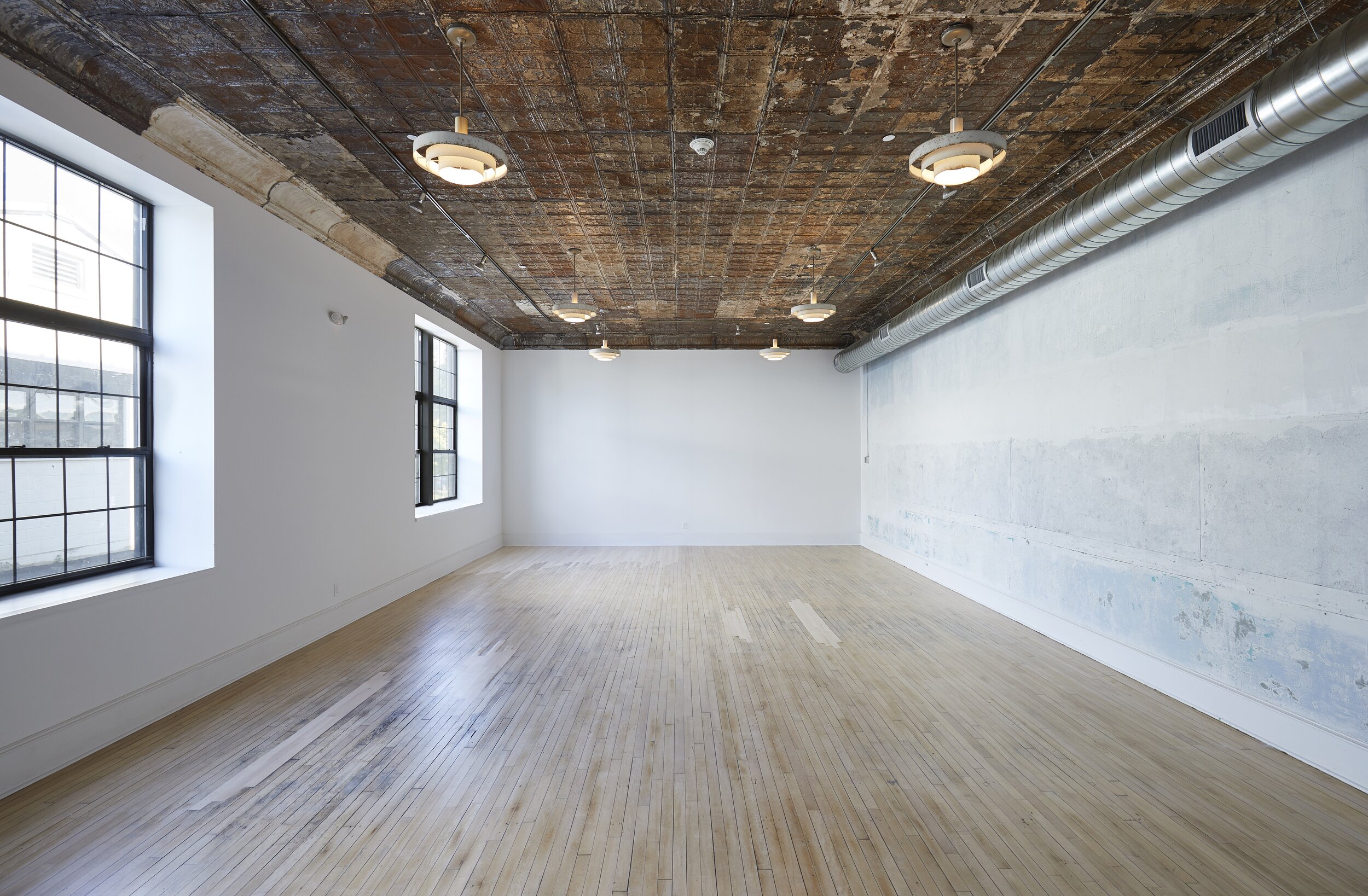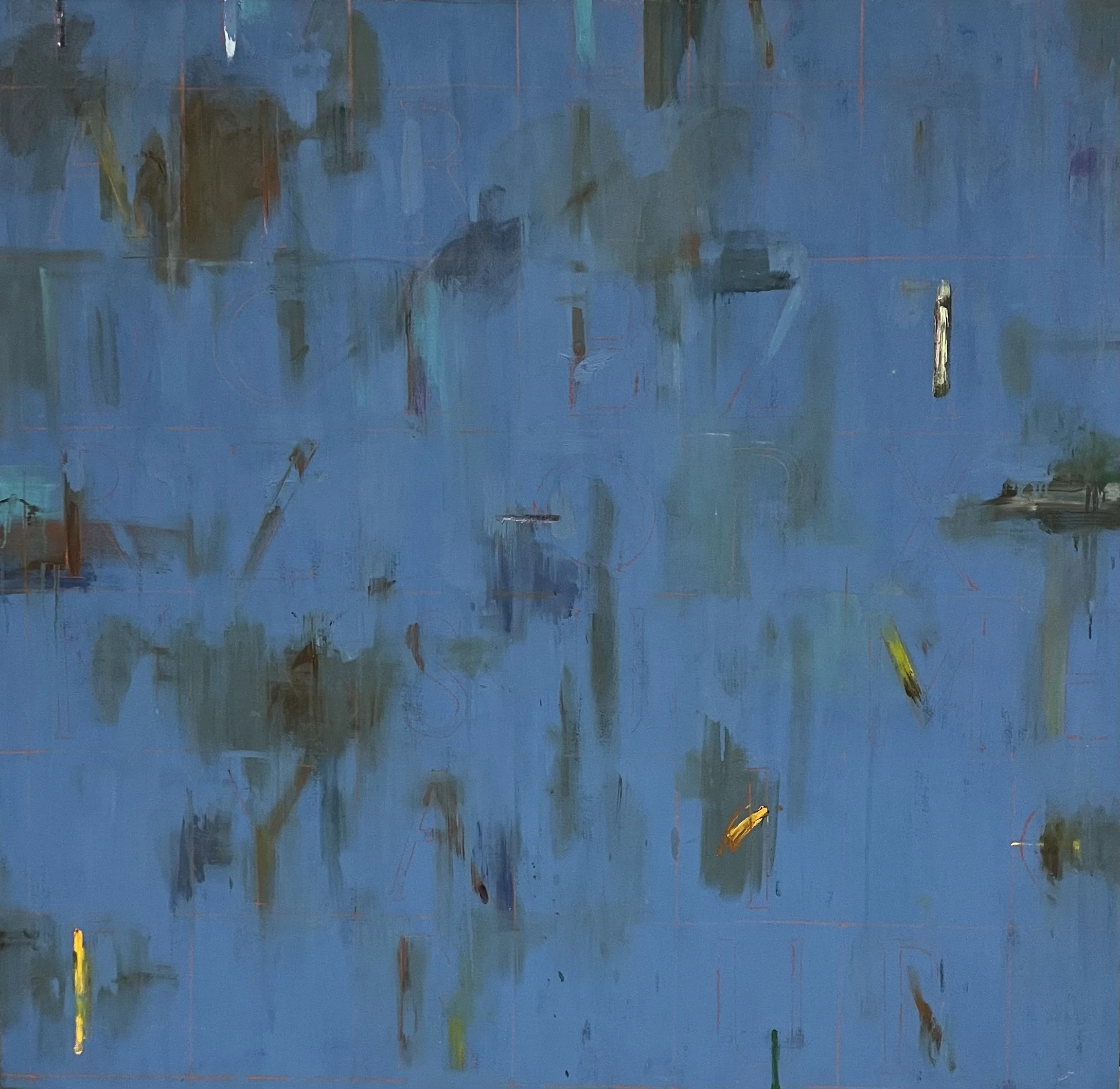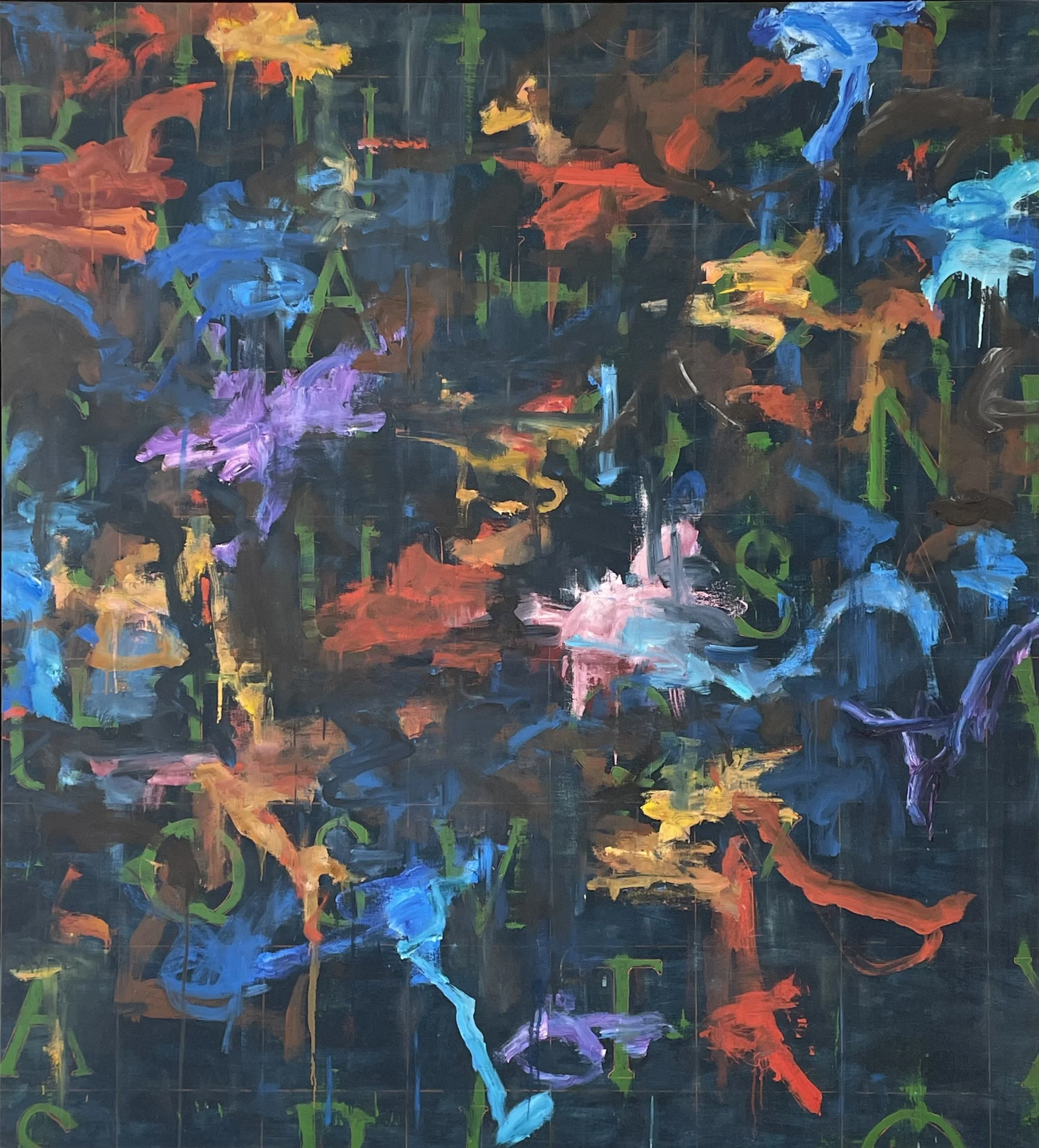
Kikuo Saito: Reminiscence in Color
Curated by Mikiko Ino Saito
24 May – 21 Dec. 2025
Looking at Kikuo’s paintings makes me think about how many colors exist within light. Colors appear differently depending on the amount of sunlight present, and the perception of colors can vary depending on your mood or the temperature of the day. Without light, color doesn’t exist.
“White is also a color,” Kikuo casually said once, and it sounded fresh to me, who had grown up with certain preconceptions about color. Sky blue or blood-like red are just examples of the many stereotypical images that colors can be associated with. No matter the expression, the descriptions of colors are beautiful. In Japan, the phrase the color of a crow’s wet wings is used to describe the beauty of a woman's black hair.
I wonder what colors Kikuo brought with him from Japan? Maybe it was the color of the clay and glazes used in Raku pottery, the color of the robes of the monks walking through the temple gardens, or perhaps the color of the kimono Kikuo’s mother, Sumie, wore on their last trip to Kyoto together.
It was the advice of Clement Greenberg, an art critic with whom Kikuo was close in the 1970s-90s, not to lean too much towards shibui, or subtle, delicate, wabi-sabi colors that were latent inside him, a nature determined by his culture, being born in Japan and living there until he was more than 20 years old. This advice stayed in Kikuo’s mind, and he did make an effort to avoid this. However, he did not reject the wabi-sabi colors completely, trying different colors as if dressing them in a kimono.
Behind the paintings I can always see Kikuo squatting like a child on the floor of his paint-covered studio, dissolving paint every day, muttering, “The important thing is color. Can I create a color today that has never been seen before?” His sense and use of color is outstanding and unique, and seems to be his own long-held challenge to Color Field.
–Mikiko Ino Saito
斉藤 規矩夫 : 色彩の回想
規矩夫の絵を眺めていると光の中にどれだけの色が存在するのかと考えさせられる。日の光の具合によって色の感じが違うし、その日の気分や気温によっても色の度合いも違ってくる。光がなければ存在が確認できない色達。
青い空だとか、血のように赤いとか、色に代表される固定観念的なイメージは多々ある。「白もまたひとつの色なんだ」規矩夫が何気に言った言葉は、色に対するある種の固定観念の中で育ってきた私には新鮮な響きだった。どんな表現だろうと、色を描写する言葉は美しい。日本では、女性の黒髪の美しさを表すのに「烏の濡れ羽色」という言葉を使う。
彼は1970年から80年代にかけて親しかった芸術評論家のクレメント・グリーンバーグから、「お前は日本で生まれて、20歳を過ぎるまで日本で暮らしてきたから、日本の風土的な色が潜在的に体内の中にある。だからあまり『渋い』侘び寂びな色に偏らないようにしろ」。と忠告されたことが強く頭に残っていて、そうならないように努力したといっていた。でも、その日本的な侘び寂びな色彩を拒絶したのではなく、その色達に着物を着せるように違う色を重ねて試していた。
規矩夫が日本から連れてきた色はどんな色だったのだろうか、焼き物に使う土や釉薬の色、寺の庭を歩く僧侶の袈裟の色、あるいは規矩夫の母、澄江が日本で最後に一緒に行った京都旅行の時に着ていた着物の色だったかもしれない。
「大事なのはカラーだ、今日は今までに見たことがない色が作れるだろうか?」と呟きながら、絵の具だらけのスタジオの床に子供のようにしゃがみこんで、毎日絵の具を溶いている彼の姿が絵の裏にはいつもある。
猪野 斉藤 未錦子






